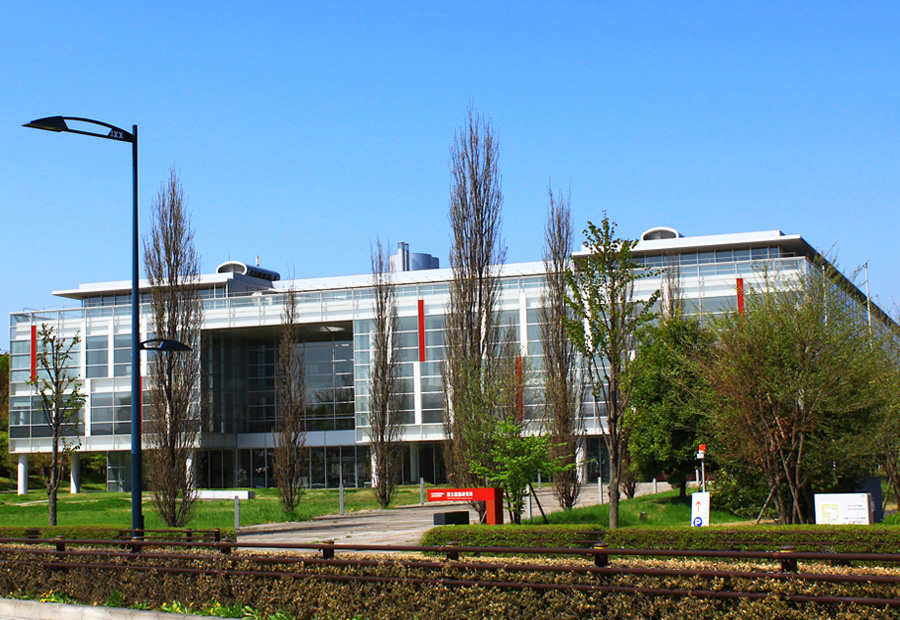Voices calling for the establishment of a National Language Research Institute
The defeat in World War II and the subsequent occupation period were a major turning point. There was a growing awareness that "it is necessary to rationalize the national language to increase efficiency in people's lives and develop the culture," and there was a growing demand for the establishment of an organization for comprehensive scientific research on the national language.
First, a proposal that "the National Language Council should consider the importance of Kokugo Kokuji Mondai and establish a large-scale basic research organization for their fundamental solution" was adopted at the general meeting of the eleventh National Language Council held on September 21, 1946 (Showa 21), and submitted to the Minister of Education.
Then, a "petition for the establishment of a research organization for Kokugo Kokuji Mondai" (*1) was submitted to the first Diet held in August 1947 (Showa 22).This petition was adopted in the Upper House on November 26, then in the Lower House on December 9.
*1 The people who signed and submitted the petition were:
- Masatsugu Ando (Organizer of the "People's National Language Movement Federation")
- Tetsuro Furukaki (Managing Director of the Japan Broadcasting Corporation)
- Masanori Ito (Director of the Japan Newspaper Publishers and Editors Association)
- Yoshishige Abe (Chairman of the National Language Council)
- Mitsuru Ishii (Chairman of the Japan Publishers Association)
- Ryuichi Nozawa (Director of the Japan Printing Association)
The National Language Research Institute and Yuzo Yamamoto
A person who deserves special attention here is Yuzo Yamamoto, a writer and a member of the Upper House.
Yamamoto had long had a strong interest in the national language, and during the war he began pushing the idea of a national institute for Japanese language research. In December 1945 (Showa 20), just after the war, he opened the "Mitaka National Language Research Institute" privately at his home in Mitaka City, Tokyo, inviting Naoe Naganuma and Masatsugu Ando to join him. This institute was soon closed because Yamamoto's house was taken over by the occupation army, but in 1947 (Showa 22), Yamamoto ran for a seat in the Upper House with the aim of establishing the National Language Research Institute, and he was elected. He worked towards establishing the Institute as Chairman of the Upper House Cultural Committee when the petition was submitted.
After the Institute was established, he maintained a close relationship with it, serving as member of the Council and offering his home in Mitaka as a branch office.









